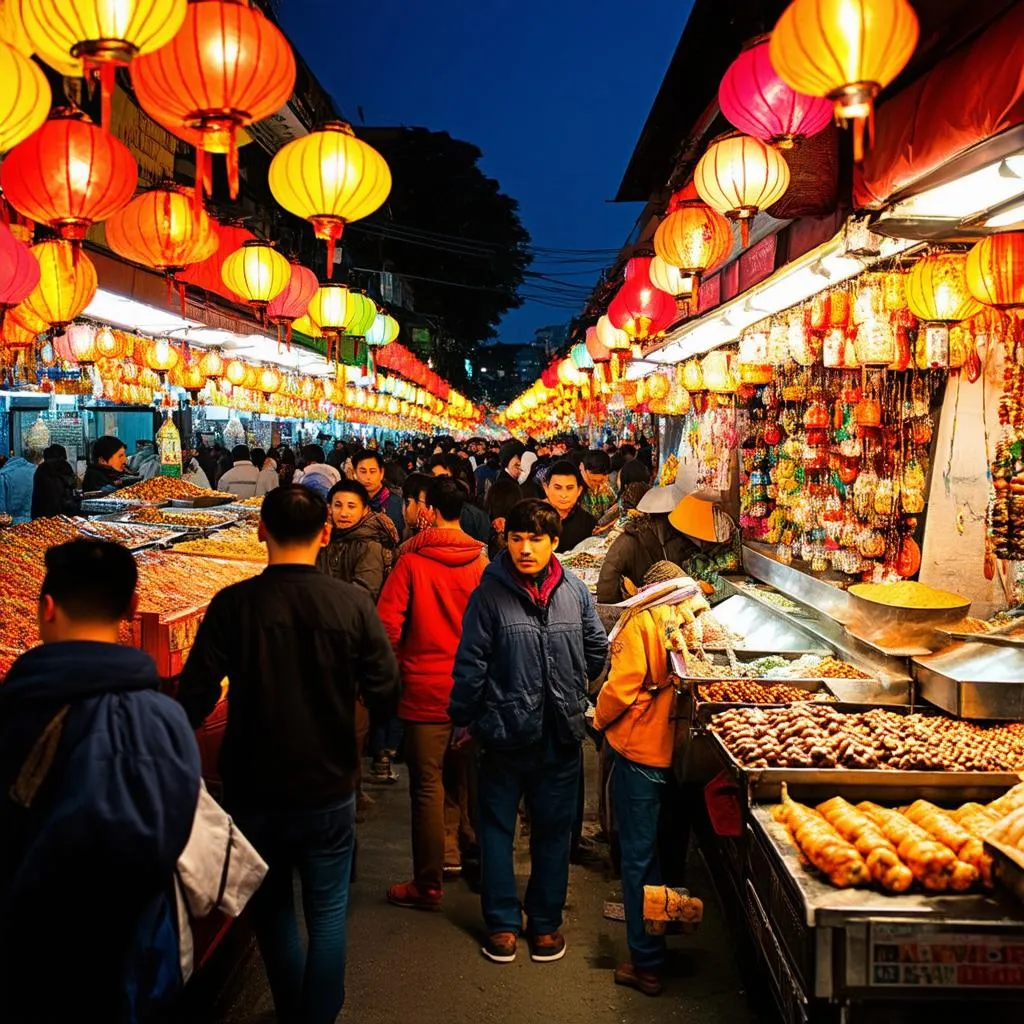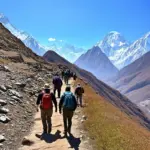Have you ever stood at the edge of the Grand Canyon, the wind whipping through your hair, and felt an overwhelming sense of awe? Or perhaps you’ve wandered through the bustling streets of Hanoi’s Old Quarter, captivated by the sights, sounds, and smells of a culture so different from your own? These experiences, my friend, are the essence of tourism, fueled by what we call “tourism resources.”
Diving Deep into the Heart of Tourism Resources
In the simplest terms, tourism resources are the building blocks of the travel experience. They are the magnets that draw us out of our daily routines and into new adventures. Think of them as the ingredients that, when combined, create the unforgettable memories we cherish from our travels.
But what exactly are these ingredients? Let’s break it down:
Types of Tourism Resources:
- Natural Resources: This is the awe-inspiring beauty of our planet. Think majestic mountains like the Himalayas, serene lakes like Lake Tahoe, lush forests like the Amazon rainforest, or pristine beaches like those found in Bali.
- Cultural Resources: These resources offer a glimpse into the soul of a destination. Picture historical sites like the Angkor Wat, vibrant festivals like Holi in India, unique traditions, or even the local cuisine like a steaming bowl of Phở enjoyed on the streets of Vietnam.
- Human-Made Resources: This category encompasses the infrastructure and facilities that make travel possible and enjoyable. Imagine efficient transportation systems, comfortable accommodations, exciting entertainment venues, and even welcoming hospitality services.
 Breathtaking Mountain Scenery
Breathtaking Mountain Scenery
Why are Tourism Resources Important?
Imagine planning a trip without considering the attractions you want to see, the activities you wish to experience, or even the places you’ll stay. Sounds impossible, right? That’s because tourism resources are the foundation upon which the entire tourism industry is built.
Here’s why they matter:
- Economic Growth: Tourism is a powerful economic engine. It generates jobs, boosts local businesses, and contributes significantly to a destination’s GDP.
- Cultural Exchange: Travel allows us to connect with different cultures, fostering understanding and appreciation for the diversity of our world.
- Environmental Conservation: When managed responsibly, tourism can be a powerful force for protecting natural and cultural heritage.
Planning Your Trip? Consider these Tourism Resource Factors:
- Accessibility: How easy is it to reach your desired destinations? Are there direct flights, reliable public transportation, or well-maintained roads?
- Attractions & Activities: What unique experiences does the destination offer? Are you interested in historical sites, adventure activities, or simply relaxing on a beach?
- Budget: Traveling can be expensive, so consider your budget when choosing a destination and planning your activities.
- Time of Year: Some destinations are best visited during specific seasons, so factor in weather conditions when making your plans.
 Bustling Night Market in Southeast Asia
Bustling Night Market in Southeast Asia
FAQs About Tourism Resources
What are some examples of tourism resources in popular destinations?
- Paris, France: The Eiffel Tower (human-made), the Louvre Museum (cultural), charming cafes and patisseries (cultural).
- Kyoto, Japan: Fushimi Inari Shrine (cultural), Arashiyama Bamboo Grove (natural), traditional tea ceremonies (cultural).
- Machu Picchu, Peru: The ancient Incan citadel (cultural and historical), the surrounding Andes Mountains (natural), trekking opportunities (adventure tourism).
How can I be a responsible tourist and help preserve tourism resources?
- Respect local customs and traditions.
- Support local businesses and communities.
- Minimize your environmental impact by reducing waste and conserving resources.
- Choose eco-friendly accommodations and tour operators.
Travelcar.edu.vn: Your Gateway to Exploring Vietnam’s Rich Tourism Resources
Looking to experience the vibrant culture, stunning landscapes, and warm hospitality of Vietnam? Look no further than TRAVELCAR.edu.vn. We offer a wealth of information and resources to help you plan your dream trip to destinations like Da Lat, known for its cool climate and beautiful waterfalls, or Cu Lao Cham, a group of islands off the coast of Hoi An famous for their pristine beaches and diverse marine life.
For those interested in exploring the bustling city of Da Lat, check out our guide to the best tourist attractions in Da Lat. You can also download our Da Lat travel map to help you navigate the city with ease.
And if you’re looking for a more immersive experience, consider joining one of our tours from Bien Hoa to Da Lat, where you’ll have the chance to experience the local culture and natural beauty of the region firsthand.
Embrace the Journey
Tourism resources are more than just destinations; they are gateways to new experiences, cultural immersion, and personal growth. So, the next time you plan a trip, remember that you’re not just booking a flight or a hotel room; you’re embarking on a journey fueled by the rich tapestry of tourism resources that our planet has to offer.

